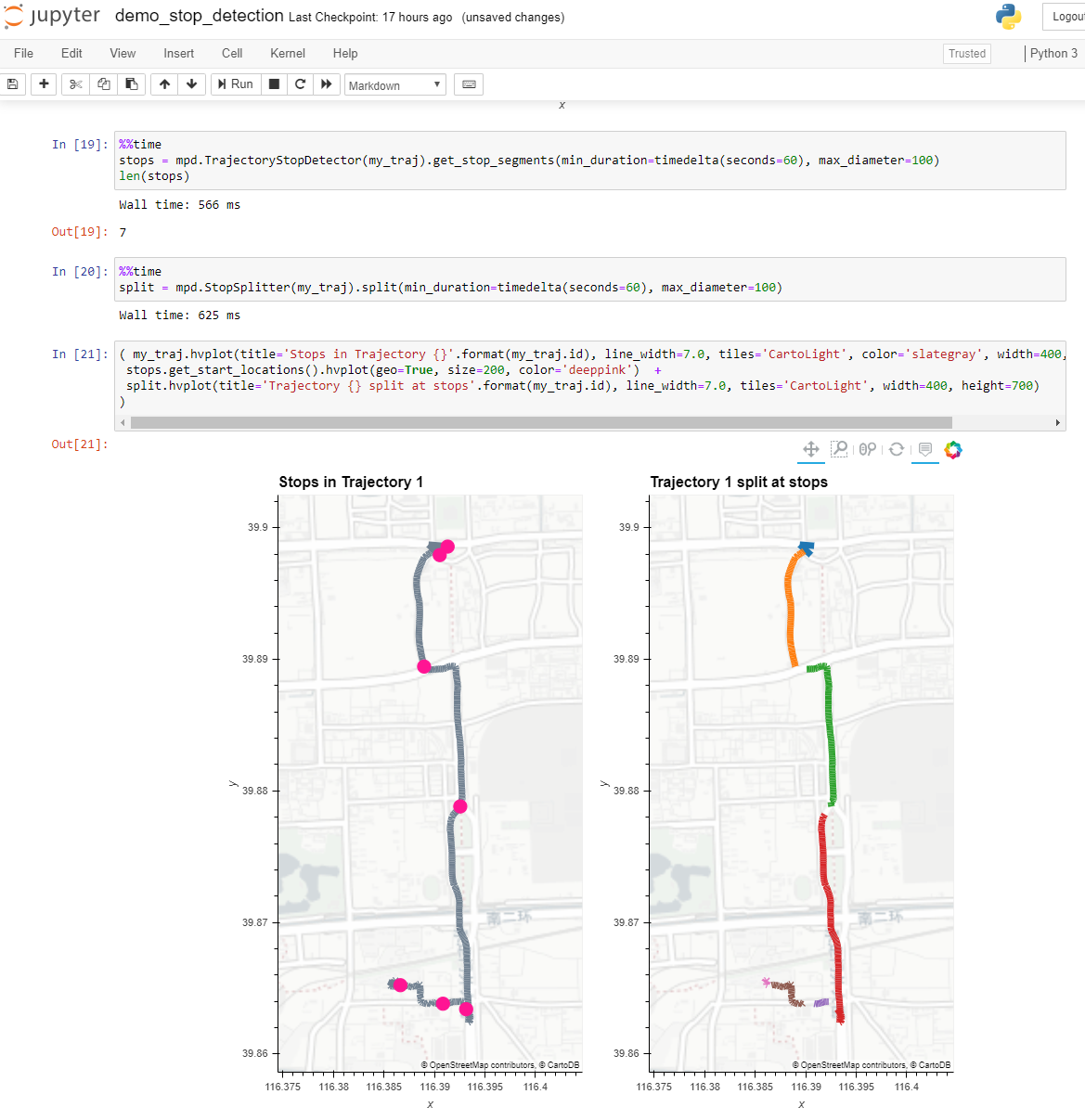Currently I'm receiving position data of moving assets every 90 or 120 seconds (depending on the asset). What I'd like to achieve now is to detect standstill and movement phases (tracks/trips) on the receiving side for these assets.
What are the generic principles of detecting tracks/trips only by GPS data?
For the most assets I'll have additional data like ignition state or other engine parameters that will help to distinguish movement and standstill. But that's not the case for all assets.
As I have no university degree and clearly lacking the mathematical basics that should help in solving such problems I'm generally interested in pointers on how to solve such a problem and sharpen my math/arithmetical skills for the future.

